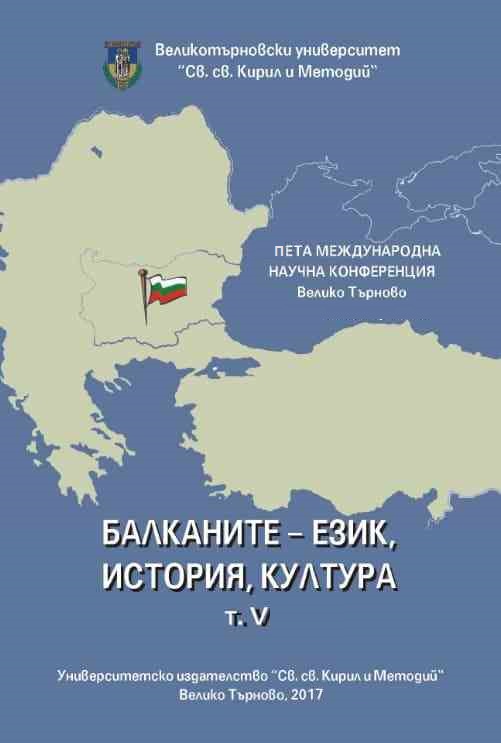Византия и византийците в саги на Снори Стурлусон
Byzantium and the Byzantines in Snorri Sturluson’s Heimskringla
Author(s): Ivelin A. IvanovSubject(s): History, Middle Ages, 6th to 12th Centuries
Published by: Великотърновски университет „Св. св. Кирил и Методий”
Keywords: Snorri Sturlusson; King’s sagas; imagology; the Byzantine Empire
Summary/Abstract: The paper focuses on the image of the Byzantine Empire and of the Byzantines in two sagas from Snorri Sturlusson’s Heimskringla (“The Saga of Harald Hardrada” and “The Saga of Magnus’ Sons”), which provide examples of contacts between the Scandinavian and the Byzantine worlds in the period of the 11th – 12th c. The author applies different research methods in the textual analysis. First, he applies a quantitative analysis, exploring terms and geographical denominations as Grikkland (Greece), Miklagarð (Constantinople), Grikkjakonung (Emperor), Grikk(j)ar (Greek), Grikklandshaf (Greek Archipelago, Greek Sea), etc. In addition, he reflects on the notion of Byzantium, the Emperor, the capital Constantinople, and the Greeks in the two sagas and in the Scandinavian world. Thus, separating the real from the legendary information, Ivelin Ivanov seeks to answer two main questions: How far do the sagas pass on objective and historical information about the Byzantine Empire? To what extent the images of its Emperor, the capital, and population are creations of fabled tales and legends?
Journal: Балканите – език, история, култура
- Issue Year: 5/2017
- Issue No: 1
- Page Range: 38-46
- Page Count: 9
- Language: English, Bulgarian

